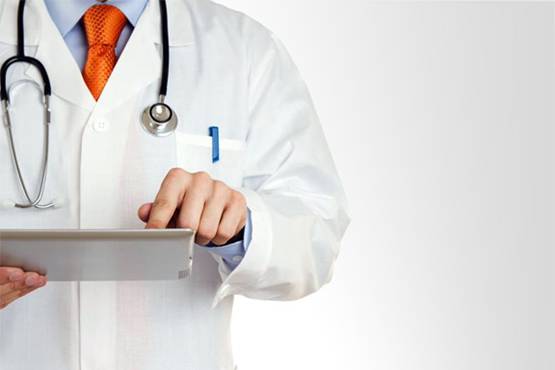Social Media Effects on Healthcare
 Healthcare Transformation IBM Industry Academy Interview Paul Grundy
Healthcare Transformation IBM Industry Academy Interview Paul Grundy
Original Post Date: Feb 9, 2015 on LinkedIn by Paul Grundy
There are many advantages of social. For example, after reading about the Ebola issues in Dallas on Twitter, response teams all over the USA stepped up their game. Another well-documented case was the trauma teams’ response in Boston last year after the marathon bombing. They were able to prepare themselves for surgery much sooner than they would have if they’d waited for the news from a more traditional source.
In the past decade, as the reach of Facebook and Twitter has grown, so, too, has the number of doctors, nurses and other medical workers who use those social networks. I find it exacting that when I engage with the medical students and residents, they are all engaged in social. 72% of physicians report to be using social media for “professional purposes.” Social changes the game and it has changed our dynamic in a striking way: if you look at online activity, one of the most common activities is looking for health information. Yesterday I was chatting with the Chief Strategist for the Veterans Administration and what struck me was his comment that “the VA and all other providers are NOT in a position to ignore the obligation to provide healthcare content of value where members are spending a majority of their time—social sites.”
As the US looks to make its healthcare system smarter, what have other countries done to innovate or improve their own patient-centered medical system?
My sense is that all over the world we are on a journey towards empowering patients to have data about themselves. In countries around the world, the progress along that path is varied. Probably the Estonians and the Danish are the furthest along in implementing it, but it is hard work. It took the Danes years to have a double-digit use of their system but now, 15 years later, no Danish person would do without it. One of the keys to success in the journey is empowerment at the community level–how is the information made available? How does the physician engage with it? That takes time and you need patience and perseverance, but it will make a difference in people’s lives when it starts working.
